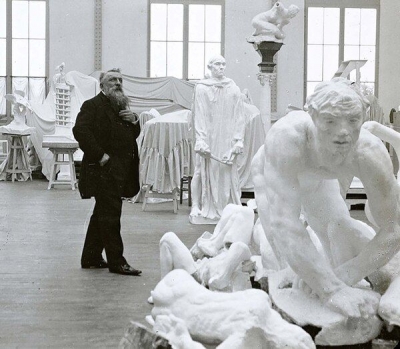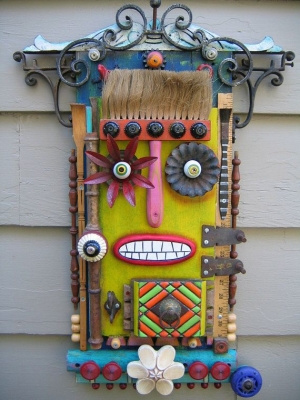How look Auguste Rodin’s Sculptures?

Auguste Rodin’s Life-like Sculptures
Sculptors often make statues of human bodies. After all, bodies have interesting shapes and different surfaces. Some of the most life-like sculptures of human bodies are those by French sculptor Auguste Rodin.
As a student, Rodin showed talent for only one thing - art. At age 16, he already wanted to be a sculptor. He applied to the best school of fine arts in Paris. In the 1800’s, only students from this school were thought to be “real” artists.
Three times Rodin turned in a sculpture to qualify for the school, and he failed each time. At age 19, Rodin made up his mind to study on his own. He supported himself by designing plaster decorations for buildings.
Rodin greatly admired Michelangelo. Like Michelangelo, Rodin sculpted figures that seemed alive. He did not use the stiff poses that most sculptors of his day were using. Instead, he captured bodies in the act of movement.
Unlike Michelangelo, however, Rodin did not work in marble. He moulded his figures in clay. Then, he made plaster casts of the clay statues. Skilled workers poured bronze into the casts to create the final work.
In 1877, a newspaper critic accused Rodin of cheating. The critic said Rodin had made a mould over a live model and then cast the mould in bronze. That is how life-like Rodin’s sculpture looked!
For years, art leaders in France had ignored Rodin’s work. But the art critic’s story suddenly made Rodin famous. People were very curious about his work. They wanted to see this special sculptor and his work. By 1900, Rodin was world famous.
Picture Credit : Google













